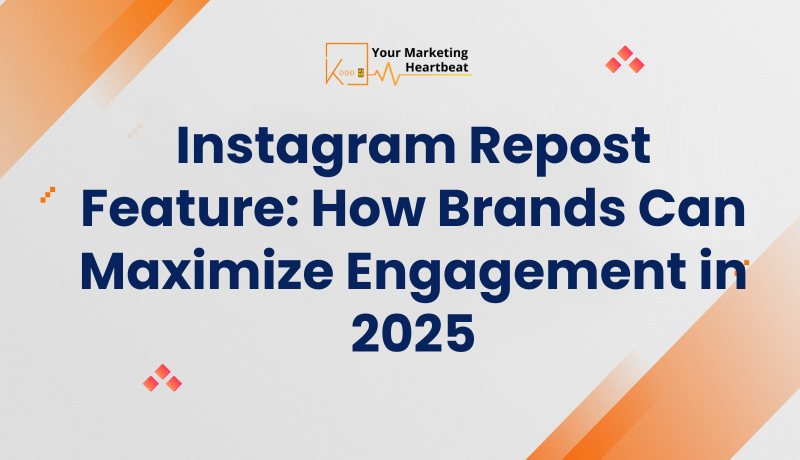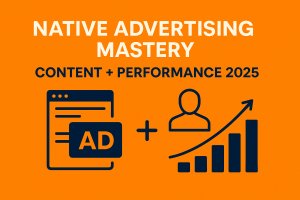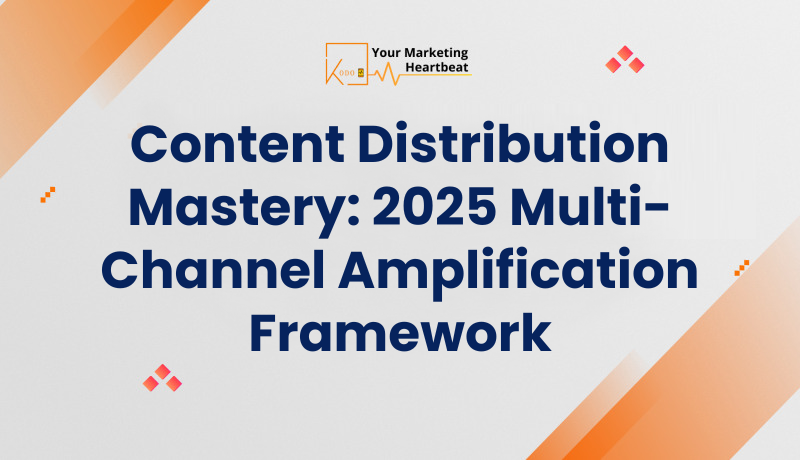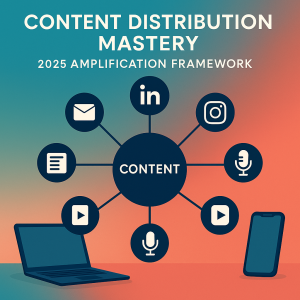
Instagram Repost Feature: How Brands Can Maximize Engagement in 2025
In the ever-evolving landscape of social media, Instagram continues to innovate, providing brands with new tools to enhance their visibility and engagement. One of the most significant updates in 2025 is the introduction of the Instagram repost feature. This functionality allows users to share posts and reels from other accounts directly to their feeds, creating a seamless way to amplify content and foster community engagement. In this article, we will explore how brands can leverage this feature to maximize their reach and build stronger connections with their audience.

Understanding the Instagram Repost Feature
The Instagram repost feature is a game-changer for brands looking to enhance their social media strategy. Unlike traditional sharing methods that often require third-party applications or manual screenshots, this feature allows users to repost content directly from their feeds. This not only simplifies the sharing process but also ensures that the original creator receives proper credit.
Key Benefits of the Repost Feature
- Increased Visibility: When a brand’s content is reposted, it reaches a wider audience, including followers of the user who shared it. This organic reach can significantly boost brand awareness.
- Authenticity and Trust: User-generated content (UGC) is often perceived as more authentic than traditional advertising. When customers share your content, it builds trust and credibility among their followers.
- Community Engagement: Reposting encourages interaction and engagement within your community. It shows that you value your customers’ opinions and contributions, fostering a sense of belonging.
- Content Diversification: By reposting content from customers or influencers, brands can diversify their feeds without the constant pressure to create new content.
How to Use the Instagram Repost Feature Effectively
To make the most of the Instagram repost feature, brands should adopt a strategic approach. Here are some actionable tips to help you get started:
Create Shareable Content
The first step in maximizing the repost feature is to create content that resonates with your audience. This could include:
- High-Quality Visuals: Invest in professional photography or graphic design to ensure your posts stand out.
- Engaging Captions: Write captions that encourage followers to share your content. Posing questions or inviting feedback can prompt users to repost.
- Branded Hashtags: Develop a unique hashtag for your brand and encourage users to include it in their posts. This makes it easier to find and repost user-generated content.
Encourage User Participation
Engaging your audience is crucial for driving reposts. Here are some strategies to consider:
- Contests and Challenges: Host contests that encourage users to share their experiences with your products. Offer incentives for the best reposts.
- Feature Customer Stories: Regularly highlight customer testimonials or success stories on your feed. This not only showcases your products but also encourages others to share their experiences.
Monitor and Analyze Engagement
To understand the impact of your repost strategy, it’s essential to track engagement metrics. Use Instagram Insights to monitor:
- Reach and Impressions: Analyze how many people are seeing your reposted content.
- Engagement Rates: Look at likes, comments, and shares to gauge how well your content resonates with your audience.
- Follower Growth: Track any increases in followers after implementing your repost strategy.
Best Practices for Reposting Content
While the repost feature offers numerous benefits, it’s important to follow best practices to ensure a positive experience for both your brand and your audience.
Always Give Credit
When reposting content, always credit the original creator. This not only shows respect for their work but also encourages others to share your content in the future. Tagging the original user in your caption or using Instagram’s built-in credit feature is essential.
Maintain a Balanced Feed
While reposting is a valuable strategy, it’s important to maintain a balance between original content and reposted material. Aim for a mix that reflects your brand’s identity while showcasing community contributions.
Engage with Your Audience
After reposting, take the time to engage with your audience. Respond to comments, thank users for sharing your content, and encourage further interaction. This helps build a loyal community around your brand.
Leveraging Influencer Partnerships
Influencer marketing remains a powerful tool for brands, and the repost feature can enhance these partnerships. Here’s how to effectively collaborate with influencers:
Choose the Right Influencers
Select influencers whose values align with your brand. Their audience should also match your target demographic to ensure maximum impact.
Encourage Authentic Content
When working with influencers, encourage them to create authentic content that showcases your products in a relatable way. This could include tutorials, reviews, or lifestyle posts.
Repost Influencer Content
When influencers share content featuring your products, repost it on your feed. This not only provides social proof but also strengthens your relationship with the influencer and their audience.
Building a Community Through Reposts
The repost feature is not just about increasing visibility; it’s also about building a community. Here are some strategies to foster a sense of belonging among your followers:
Launch Community Initiatives
Consider launching initiatives that encourage community participation. This could include:
- Branded Challenges: Create challenges that encourage users to share their experiences with your products.
- Highlighting Community Contributions: Regularly feature user-generated content on your feed to showcase your community’s creativity.
Foster Open Communication
Encourage open communication with your audience. Ask for feedback on your products and services, and be responsive to their suggestions. This helps create a two-way dialogue that strengthens community ties.
Conclusion
The Instagram repost feature is a powerful tool for brands looking to enhance their engagement and visibility in 2025. By creating shareable content, encouraging user participation, and leveraging influencer partnerships, brands can maximize the benefits of this feature. Remember to maintain authenticity, give credit, and engage with your audience to build a loyal community around your brand. As we continue to navigate the dynamic world of social media, embracing new features like reposting will be essential for staying relevant and connected with your audience.
By implementing these strategies, you can effectively utilize the Instagram repost feature to not only increase your brand’s reach but also foster a vibrant community that supports and champions your products.




